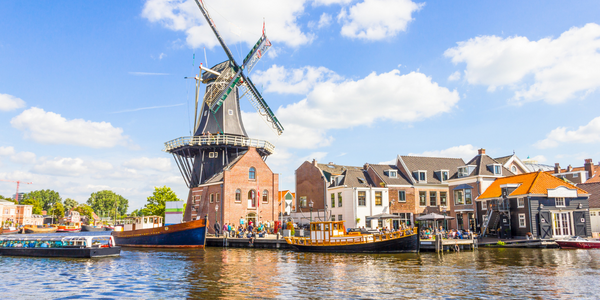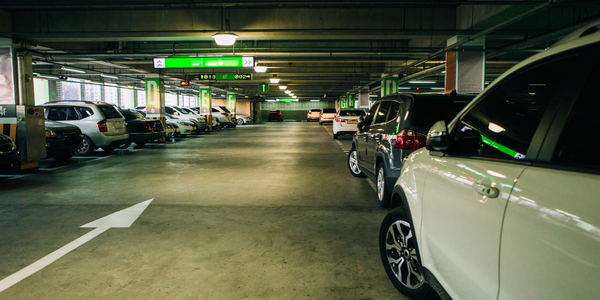Applicable Industries
- Cities & Municipalities
Use Cases
- Automated Disease Diagnosis
- Chatbots
About The Customer
The customer in this case is the Government of India (GOI). The GOI was grappling with the challenge of curbing panic and misinformation about COVID-19 among its vast population. It needed a solution that could handle a large volume and diversity of queries in both English and Hindi, the two most widely spoken languages in the country. The GOI's primary goal was to ensure that its citizens received accurate, necessary information about COVID-19 to help treat those infected and prevent others from contracting the virus.
The Challenge
The Government of India (GOI) faced a significant challenge in the fight against COVID-19, primarily due to the spread of misinformation about the disease. The novelty of the virus led to a proliferation of incorrect information about its symptoms, precautionary measures, and remedies, causing widespread panic among the population. The GOI needed a solution that could handle the scale and diversity of COVID-19 related queries, in both English and Hindi, to ensure that people were not misinformed about the disease. The solution needed to provide accurate, necessary information to help treat people or prevent them from contracting the virus.
The Solution
Haptik developed the MyGov Corona Helpdesk, a WhatsApp chatbot, in just five days to address the GOI's challenge. The chatbot had powerful, wide-ranging capabilities that helped people get the right, necessary information about COVID-19. It was designed to bust common COVID-19 myths and misinformation, help citizens examine symptoms and get a diagnosis, provide precautionary measures and tips to stay safe from COVID-19, and gather the latest updates and advisories from the Ministry of Health (MoH). The chatbot was an intrinsic part of the GOI's fight against COVID-19, providing the public with accurate information about the disease.
Operational Impact
Quantitative Benefit

Case Study missing?
Start adding your own!
Register with your work email and create a new case study profile for your business.
Related Case Studies.

Case Study
Turning A Stadium Into A Smart Building
Honeywell created what it called the “intelligent system” for the National Stadium in Beijing, China, turning the venue for the opening and closing events at the 2008 Summer Olympics into a “smart building.” Designed by highly controversial artist Ai Weiwei, the “Bird’s Nest” remains one of the most impressive feats of stadium architecture in the world. The 250,000 square meter structure housed more than 100,000 athletes and spectators at a time. To accommodate such capacity, China turned to Honeywell’s EBI Integrated Building Management System to create an integrated “intelligent system” for improved building security, safety and energy efficiency.
.png)
Case Study
Smart Street Light Network (Copenhagen)
Key stakeholders are taking a comprehensive approach to rethinking smart city innovation. City leaders have collaborated through partnerships involving government, research institutions and solution providers. The Copenhagen Solutions Lab is one of the leading organizations at the forefront of this movement. By bringing together manufacturers with municipal buyers, the Copenhagen Solutions Lab has catalyzed the development and deployment of next-generation smart city innovations. Copenhagen is leveraging this unique approach to accelerate the implementation of smart city solutions. One of the primary focus areas is LED street lighting.

Case Study
Buoy Status Monitoring with LoRa
The Netherlands are well-known for their inland waterways, canals, sluices and of course port activities. The Dutch Ministry of Infrastructure indicates that there are thousands of buoys and fixed items in and near water environments that would profit from IoT monitoring. One of the problems with buoys for example, is that they get hit by ships and the anchor cable breaks. Without connectivity, it takes quite some time to find out that something has happened with that buoy. Not to mention the costs of renting a boat to go to the buoy to fix it. Another important issue, is that there is no real-time monitoring of the buoys at this moment. Only by physically visiting the object on the water, one gains insight in its status.

Case Study
Barcelona Case Study
Barcelona’s heavy traffic and its associated high levels of pollution were the primary factors that motivated some companies and universities to work on strategies for improving traffic in the city centre. Bitcarrier is one of the technologies involved in the In4Mo Project, whose main objective is to develop the applications that form the core of smart mobility, one of the fundamental pillars of the smart city concept.

Case Study
China Mobile Smart Parking
Smart Parking, powered by NB-IoT technology, is making it easier for drivers to find free parking spots. Cities can better manage their parking assets and maximize the revenue available to them as a result. Drivers searching for parking create congestion and pollution by circling and hunting for available parking. Smart Parking services are able to significantly ease these problems by guiding a driver directly to a parking space.








